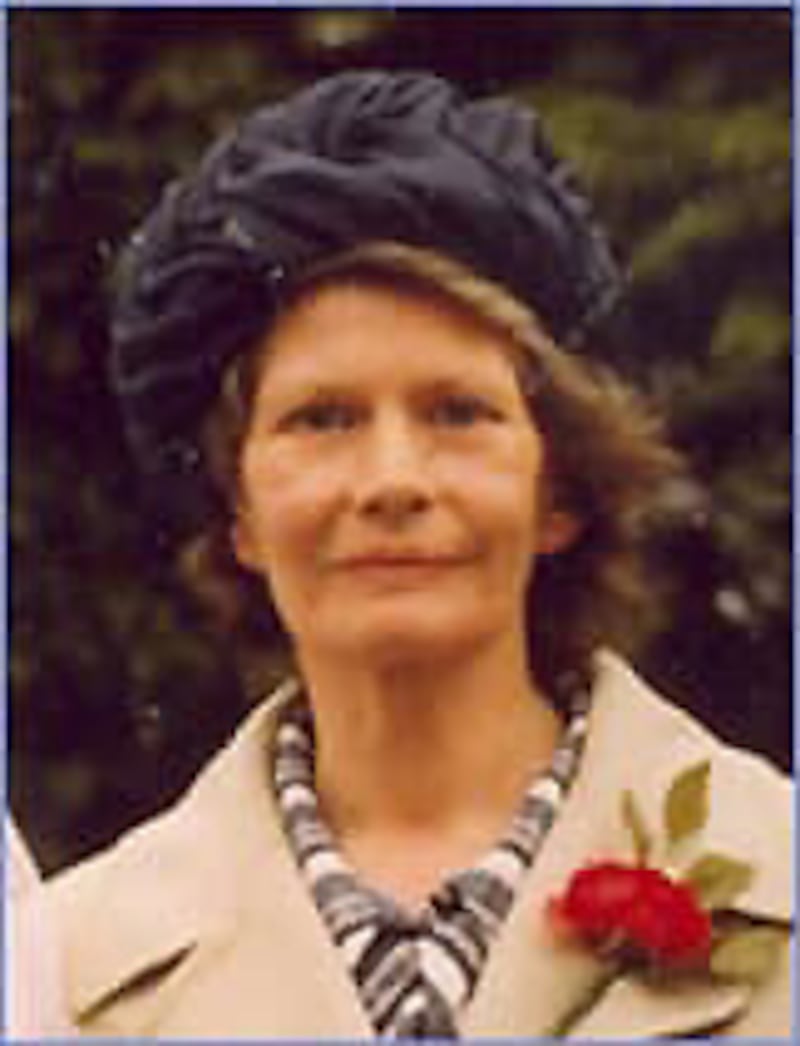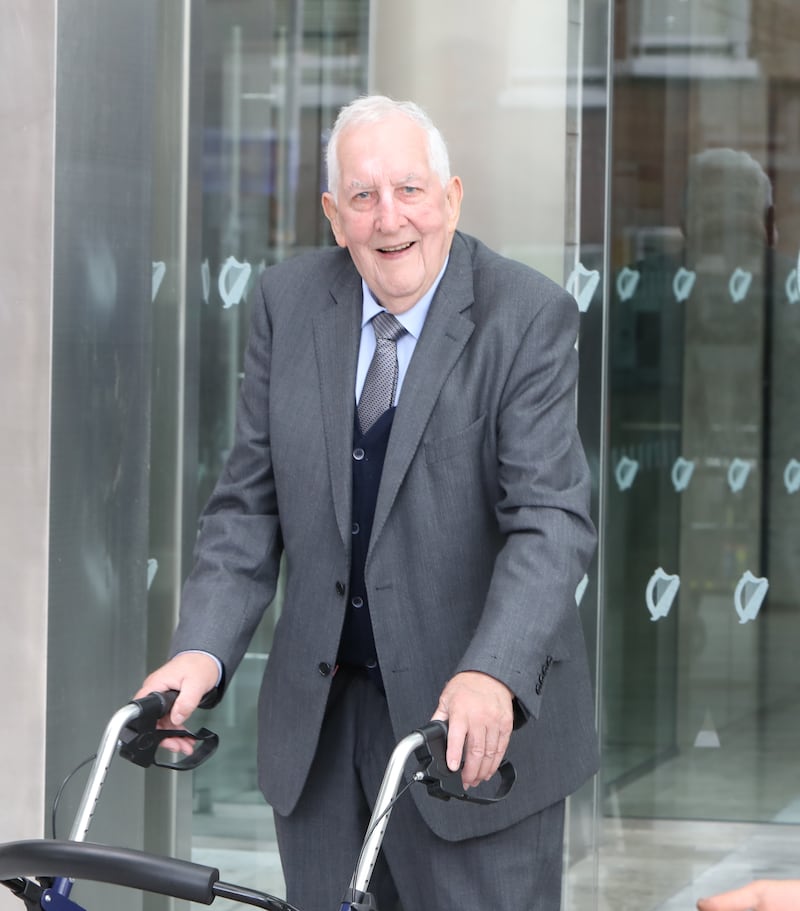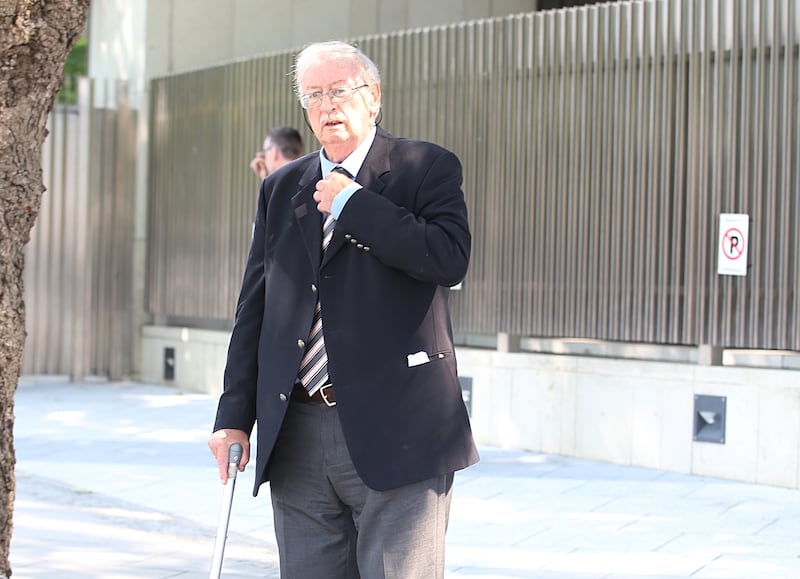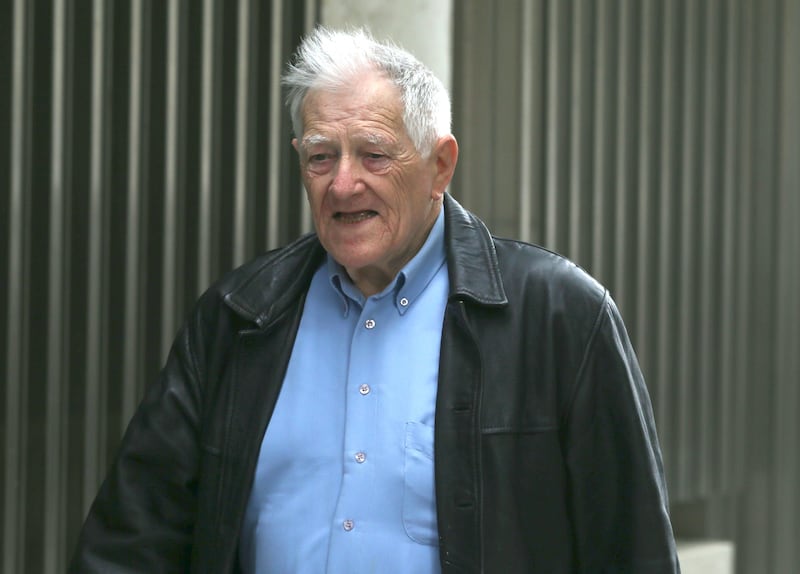Noel Long, the man now convicted of the murder more than 40 years ago of mother of three Nora Sheehan, was a suspect in a number of sexual assault cases around the time of the 54-year-old woman’s death.
He was also arrested for questioning in the days after her body was found by forestry workers in Shippool Woods in Cork in June 1981.
The Garda Serious Crime Review Team had tried to progress a rape allegation against him in 1982 but the victim was not willing to give a statement to gardaí, the trial judge was told in the absence of the jury.
Mr Justice Paul McDermott heard gardaí also looked at other sexual assault cases from around this time where Long was a suspect in an attempt to determine if he could be arrested and DNA obtained from him, which could then be used in a prosecution for Ms Sheehan’s murder.
READ MORE
There were many other things about Long, now aged 74 and with an address at Maulbawn, Passage West, Co Cork, which were aired in court in the jury’s absence.
Among them were the fact that Long had been charged with Ms Sheehan’s murder 42 years ago.

During a pretrial hearing that ran for three weeks in June before a jury was sworn in, prosecution counsel Brendan Grehan SC told the court Long was identified as a suspect early on in the case at a time when he was living at Riverbank on the Curraheen Road, Bishopstown, Cork, with his then wife and two young sons. On June 16th, 1981 – four days after Ms Sheehan’s body was found – Long was arrested and detained for two days under section 30 of the Offences Against the State Act in relation to an armed robbery at a post office in Cork city, he said. Retired garda detective inspector Matthew Thorne (91) said he had in fact arrested Long for the murder of Ms Sheehan, although section 30 would not permit such an arrest.

The jury was unaware Long’s home had been searched while he was detained and a brown jumper seized. It was examined by Dr Maureen Smith, of Forensic Science Ireland, who found matching brown acrylic fibres on Ms Sheehan’s clothes. The garda officer who issued the search warrant was dead so the evidence could not be presented.
While in detention Long gave a voluntary blood sample. From this his DNA profile was later developed in 2008 following advances in science. It was found to match a DNA profile taken from semen recovered from the body of Ms Sheehan. But the blood sample could not be used in evidence as the trial judge ruled Long had been unlawfully detained in breach of his constitutional rights, given gardaí had used section 30 of the Offences Against the State Act to detain him for the murder.
Other DNA evidence collected could not go before the jury either. A DNA sample obtained by gardaí from Long in 2017 after he was convicted of common assault was ruled out of bounds.
Forensic evidence
Mr Justice McDermott heard pre trial that Long had also been questioned about Ms Sheehan’s death in July 1981. Former detective sergeant Gerry O’Carroll, who was then attached to the investigations section within the Garda Technical Bureau, said Long was invited to Union Quay Garda station in Cork city and had come voluntarily to help gardaí with their inquiries on July 6th, 1981.

There, he said, Long confessed he had picked up Ms Sheehan in his blue Opel Kadett after gardaí told him they had forensic proof of matches between her clothing and his car. He remembered putting it to Long that gardaí had “incontrovertible forensic proof” that “the murdered lady” was in his car. It was at this point Mr O’Carroll claimed Long blurted out: “I did pick her up. I did give her a lift. I’m sorry for her family, I am sorry for my family. I didn’t believe it was happening.” When the detective sergeant asked Long what it was he “didn’t believe” was happening, he said the suspect replied: “I can’t say any more.” Defence counsel Michael Delaney told the witness his client disputed making any confessions to him but Mr O’Carroll disagreed.
Long, the judge was told, claimed that during this 1981 interrogation by gardaí he was beaten and brought into a dark room, where his head was repeatedly immersed in glass containers holding what he was told were body parts. One of the last surviving members of the so called “murder squad”, Mr O’Carroll denied the allegation and called it “extraordinary”. “I can say this to my Lord: we don’t have body parts lying around in Garda stations.”
Mr Delaney put it to the retired garda that no interview notes were attached to the file sent to the Director of Public Prosecutions (DPP) later that year. Mr O’Carroll said that surprised him as he took notes and his colleague witnessed him reading over the notes to Long. “I was a scrupulous keeper of every document I had during my career; and it might seem strange that about 12 months ago, every document I possessed in my 36 years as a detective garda I incinerated. I have nothing left of my career, only very little of my notes,” Mr O’Carroll said.
Interviewing techniques
Mr Delaney also questioned Mr O’Carroll about his interviewing techniques and in particular the part played by religion, given he was on record as saying it was the reciting of the rosary with John Shaw that brought about his confession to murdering two women in the 1970s.
English national Shaw (76) is Ireland’s longest-serving inmate and has been in prison since 1976 when both he and another English man, Geoffrey Evans, were arrested for the abduction, rape, torture and murder of Elizabeth Plunkett (22) in Wicklow and Ms Duffy (24) in Mayo that year. Shaw and Evans were both given life sentences at the Central Criminal Court in 1978. Evans died in 2012. Mr O’Carroll said: “When I interviewed him [Shaw] I felt this man is very disturbed ... and I said, John we’ll say a prayer together, that was all … It wasn’t the full rosary now, but I said we’ll say the Hail Mary … And the next thing he saw what I’d like to put as the error of his ways and he broke down and wept and he said, ‘Yes, I’ve done terrible things and I’ve killed Mary Duffy and I killed Elizabeth Plunkett.”
Mr Delaney explained the reason he had asked about this aspect of the witness’s interview with Shaw was because Long’s recollection was that he was visited in the Garda station that day [July 6th, 1981] by someone dressed as a priest or a monk. Mr O’Carroll responded that this was “extraordinary” and “fanciful” and denied it ever happened. Mr Delaney also said his client recalled being beaten throughout the day and a chair being pulled out from under him so that he would fall to the ground and get kicked. The witness denied ever assaulting Long and said he had never seen anyone lay a finger on him, calling it “absolutely untrue” and “extraordinary”.
While Long was present in the Union Quay Garda station, the DPP gave directions he be charged with Ms Sheehan’s murder. Long was duly charged and brought before the District Court the following day. However, Dr Robert Dermot Coakley, the pathologist who had carried out the postmortem on Ms Sheehan, died unexpectedly on August 5th, 1981 and therefore was not available as a witness. This resulted in the DPP withdrawing the charge of murder later that year.
Ultimately Mr O’Carroll was not called to give evidence as the prosecution stated it was not seeking to rely on Long’s admission.
In the absence of the jury the judge was told Dr Coakley’s opinion was that Ms Sheehan died due to asphyxia in the course of a sexual assault. While Dr Coakley’s report was read to the jury they were not permitted to hear his opinion as to cause of death.

One witness, Donal Boyle (81), tendered evidence in the trial about meeting Long at his [Mr Boyle’s] home in Togher, Cork, on the evening of June 6th, 1981 close to where Ms Sheehan lived. But he was not permitted to give evidence that Long had failed to show up at an arranged meeting the following morning [the morning after Ms Sheehan went missing] at the Speckled Door pub near the Old Head of Kinsale for an organised dive. This location was near Shippool Woods, where Mrs Sheehan’s body was found on June 12th that year.
More than 40 years later a search warrant was executed by gardaí on Long’s house on November 30th, 2021. The jury heard about that but didn’t hear detectives made contact with the defendant subsequent to this. On May 20th, 2022, Long was telephoned by Det Insp Eamonn Brady, who advised him there was new evidence in the case. Long told gardaí he didn’t want to know about new evidence, to have anything to do with the case, that he wanted “to stay a million miles away from it”, the judge heard. He told gardaí he had kept his head down for 40 years.
And so he had but on June 28th last year he was taken before Skibbereen District Court where he was charged with Ms Sheehan’s murder for a second time. He pleaded not guilty to murdering her between June 6th and June 12th, 1981, at an unknown place within the State.

















